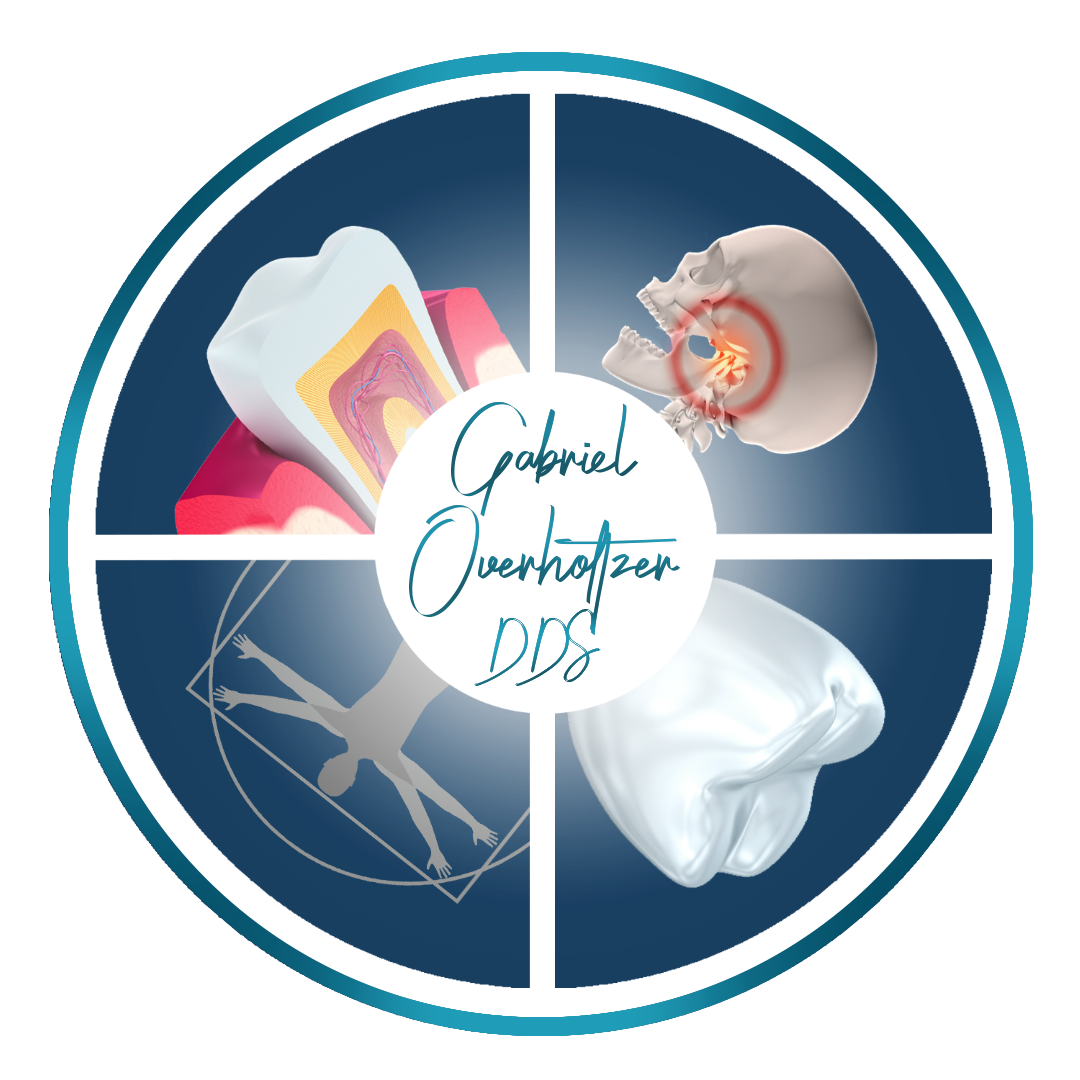Mago therapy is an ancient Korean healing practice that has gained popularity in recent years as a holistic approach to promoting physical, mental, and emotional well-being. Rooted in traditional Korean medicine and shamanic practices, Mago therapy focuses on restoring the balance of vital energy in the body. In this article, we will delve into the fundamentals of Mago therapy and its potential benefits.
The Essence of Mago Therapy
Mago therapy, also known as “Mago Healing,” is based on the belief in the existence of vital energy, or “Qi,” within the body. Practitioners of Mago therapy aim to harmonize this energy to promote health and healing. The term “Mago” refers to the ancient Korean shamanic goddess, often associated with nurturing and healing. Mago therapy seeks to connect individuals with their innate healing abilities and the natural rhythms of the universe.
Principles of Mago Therapy
Central to Mago therapy are the principles of balance, flow, and harmony. Practitioners believe that imbalances in vital energy can lead to physical and emotional ailments. Mago therapy employs various techniques, including energy channeling, meditation, and breathing exercises, to restore the harmonious flow of energy throughout the body. These techniques are designed to address not only the symptoms of illness but also their underlying causes.
Energy Channeling and Body Work
A key aspect of Mago therapy is the practice of energy channeling and body work. Practitioners use their hands to sense and manipulate the flow of energy within the body. This can involve gentle touch, massage, or placing hands over specific energy points. By channeling energy in this way, Mago therapists aim to remove blockages, release tension, and promote healing on both physical and energetic levels.
Meditation and Mindfulness
Meditation and mindfulness play a significant role in Mago therapy. Practitioners guide individuals in meditation practices that focus on connecting with their inner selves and the energy of the universe. Through meditation, individuals can cultivate self-awareness, reduce stress, and develop a deeper understanding of their physical and emotional well-being.
Emotional and Psychological Healing
Mago therapy acknowledges the interconnectedness of the mind, body, and spirit. It places a strong emphasis on emotional and psychological healing. By addressing emotional imbalances and trauma, practitioners believe that individuals can achieve greater overall health and vitality. Techniques such as guided visualization and emotional release exercises are commonly used to facilitate emotional healing.
Complementary Practice
Mago therapy is often used as a complementary practice alongside conventional medical treatments. It is not intended to replace medical care but rather to enhance the body’s natural healing abilities. Many individuals turn to Mago therapy to manage chronic pain, reduce stress, and improve their overall quality of life.
Conclusion
Mago therapy is a holistic healing practice deeply rooted in traditional Korean medicine and shamanic traditions. It revolves around the principles of balance, flow, and harmony of vital energy within the body. Through energy channeling, meditation, body work, and emotional healing, Mago therapy Bishop or in some.other region aims to promote physical, mental, and emotional well-being. While it is considered complementary to conventional medical care, many individuals have found benefit in incorporating Mago therapy into their holistic approach to health and healing. If you are interested in Mago therapy, it is advisable to seek guidance from a qualified and experienced practitioner to explore its potential benefits for your well-being.
